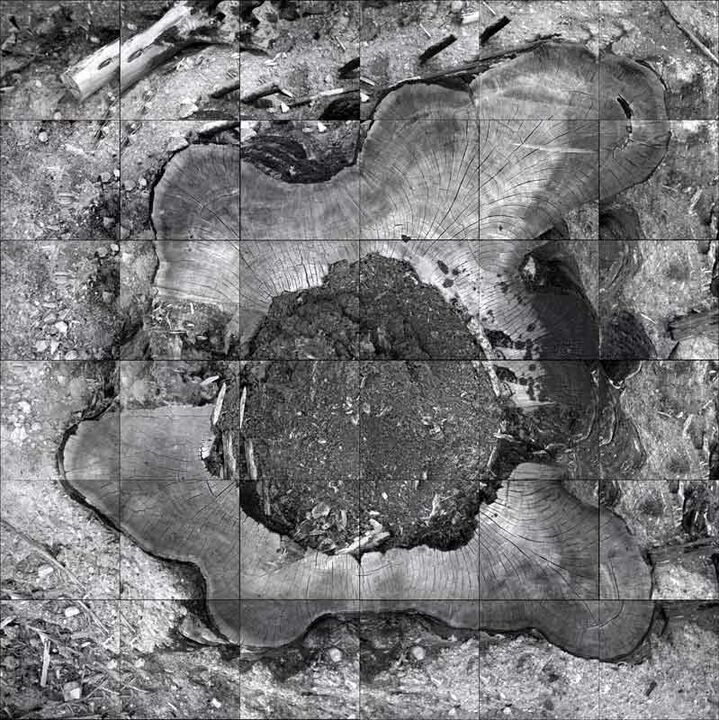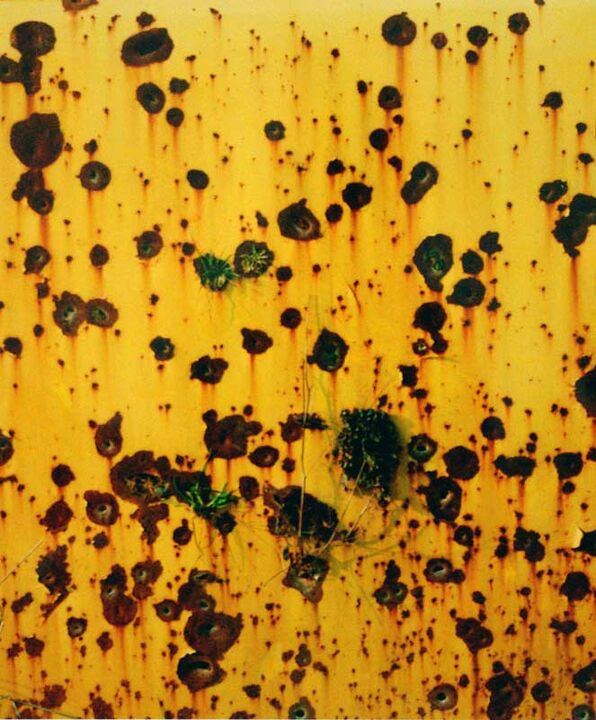Masaki Hirano, Tokyo, Japan
Tasmania
Tasmania is an island that is located on the south coast of the Australian continent.
Most of the magnificent temperate old growth forests are getting cut down to export raw materials to Japanese paper companies in the name of the tree-planting program. That means that the local logging monopoly logs old growth forests and replant trees as if it is sustainable and earth-friendly.
Surprisingly, this practice is not “illegal”. Even more amazingly, Japanese citizens who use all the paper production, mainly as computer papers, are not aware of the fact that they use 90 % of the wood chips produced in Tasmania.
Due to the combination of cross-border corporations’ continued attitude of profit before principle and ignorance of on the part of consumers, old growth forests will be converted into plantations in a few years.
Only the Tasmanian Wilderness, UNESCO list of world heritage, and a few other primitive areas secured May 5th, 2005 by the Tasmanian people after many years of effort will remain. The only way to protect Tasmania’s ancient ecosystem of these iconic forests is to change the structure of consumption, quick profit and Japanese consumer ignorance.
The immense forests will disappear into the past changing the earth forever.
As the plantations goes on, the wild animals will change, so will the insects, microbes and soil until the rivers and the oceans have broken the chain.
As the chain goes, so do the souls of people.
There is not much time left to protect the few remaining Tasmanian native forests from greed and ignorance. Now all the data tells us that the delicate balance of the nature is being disturbed. Our “Mother Earth” is neither as vast nor sturdy as we believe.
We must stare at the present moment in order to know the past.
The present moment is the embodiment of the past.
We must stare at the present moment in order to know the results of the future.
The future will be decided by our means of living at this moment.
I am trying to stand firmly in the present moment that connects the past the future with “Down the Road of Life”

Down the road of life
When I was young, I saw five small holes in a line across the dome of an old water tank near Tetsugakudo Park in Nakano, Tokyo. My father told me: " Those are bullet holes made by 12.5 mm guns on the Grumman F6F Hellcat which flew from US ships in the Pacific War."
I was scared´. This was my first experience of war.
I visited the former Yogoslavia three times in 1993, 1996 and 1997. I was drawn by the strange beauty of the HOLES I saw in my viewfinder, vestiges of greatest of human evils. But at the same time, I hesitated over wether it was acceptable for me, as a human being, to take these photographs. I was in constant conflict over this question.
While shooting these photographs, I had many Yugoslavs look through my viewfinder. I told them, "These photographs are not necessary for us today. But I am certain that they will be important for our children and grandchildren." They usually shrugged, but they never asked me to stop. I thank them for this. And I pray that the souls of those who die in the war may rest in peace.
Now having taken these pictures, I realize the obvious: the only difference is that the war in Bosnia and Herzegovnia (Sarajevo, Mostar, etc.) ended not so long ago, while the war in Japan ended some fifty years ago. I can but wish that no new HOLES are never made gain.









